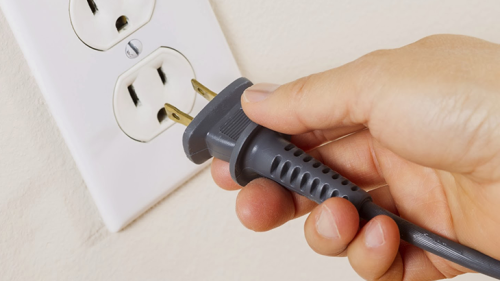When the sun is scorching on a hot day, many of us move inside to get out of the heat. But if your job requires you to work outside, you don’t always have that option – leaving you at risk of heat exhaustion and, in more severe cases, heatstroke.
Heat illnesses occur when the body is unable to maintain a normal temperature and begins to overheat. This is generally caused by a combination of hot or humid weather, direct sunlight, and a higher level of physical activity. It’s important to understand the risk of these heat-related ailments, as well as how to stay cool throughout your workday.
Early warning signs that your body is beginning to overheat can include headache, dizziness or fainting, weakness, and excessive sweating. If you experience any of these symptoms as you work, it’s important to stop, find a place to cool off, and drink water. Allowing your body to recover from these symptoms will prevent the situation from becoming more serious.
What are the typical heat-related illnesses?
Heat exhaustion
Heat exhaustion is caused by a depletion of water, salt, and other electrolytes in the body lost through sweat. In addition to flu-like symptoms, victims will experience excessive thirst, rapid heart rate, light-headedness, and moist, clammy skin.
If you notice yourself or others struggling with these symptoms, your first move should be to get out of the heat. From there, remove or loosen tight clothing and apply wet cloths. Drink water slowly, and rest while carefully monitoring conditions. If symptoms progress toward heat stroke, call 911.
Heatstroke
Heatstroke is the most serious heat-related illness that occurs when the body’s temperature reaches critical levels. Those suffering from heatstroke typically will lose the ability to sweat, causing body temperatures of 104 degrees Fahrenheit or higher. Your pulse will elevate and your skin will become flushed and hot. Hyperventilation, nausea, and vomiting are also common.
Call 911 immediately in the event of a heatstroke. While waiting for the emergency vehicle, move to a cool location, apply wet sheets or towels, and fan with air. If you see changes in the level of consciousness or vomiting, don’t attempt to drink water.
Heat Cramps
Heat cramps are muscle pains generally brought on by physical activity in hot weather. Heat cramps are caused by the loss of hydration through sweating. Workers should replace fluid regularly by drinking water, having a snack, or supplementing with an electrolyte drink every 15-20 minutes. Avoid salt tablets or overly salty foods.
Notify your supervisor if you have a heart condition or if cramps do not subside within an hour of beginning to rehydrate.
Heat Rash
Heat Rash is an irritation of the skin caused by sweating. Treatment includes keeping the area dry. Over the counter powders can be applied for comfort. Avoid ointments and creams as they will trap moisture and could worsen the rash.
Risk Factors
While anyone can experience a heat-related illness, there are factors that can put you at greater risk such as:
- Inexperience with working in, or doing heavy work in the heat
- Inexperience with working in the outdoors
- Underlying health problems
- Alcohol or drug consumption
- Certain prescription medications
- Wearing heavy, dark, tight clothing, or heavy personal protective equipment
- Prior heat-related symptoms
Beat the heat
While you can’t eliminate the threat of heat-related health complications, the following tips can help reduce the risks:
- Drink water frequently during shifts
- Avoid caffeine
- Wear loose-fitting, heat-protective clothing
- Take breaks in a temperature-controlled area






